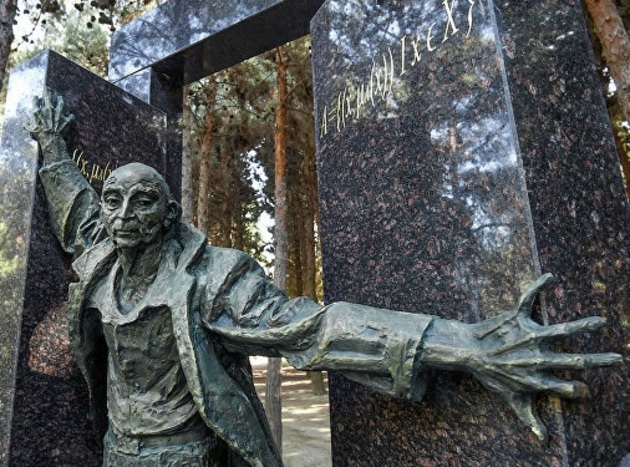The Google Doodle for today, November 30, honors Lotfi Zadeh, the late Azerbaijani American computer scientist who developed the innovative mathematical framework known as "fuzzy logic." On this day in 1964, Zadeh submitted "Fuzzy Sets," the groundbreaking paper that introduced the fuzzy logic concept, which has since been applied to several technologies, from the Japanese subway system to anti-skid algorithms that keep cars safe on the road, Newsweek writes.
Born on February 4, 1921 in Baku, Azerbaijan (which was part of the nascent Soviet Socialist republic), Zadeh moved to Iran, his father's homeland, with his family when he was 10 years old. He later graduated from the University of Tehran before continuing his education at the Massachusetts Institute of Technology for his graduate studies.
The beginnings of the scientist's research took shape during his first 10 years of study and teaching at Columbia University in New York City, where in 1949 he earned his PhD in electrical engineering.
In 1952, he jointly produced a research paper with Columbia professor John R. Ragazzini. The paper introduced the z-transform method, which is widely used today in digital-signal processing systems.
Zadeh was promoted to full professorship in 1957 at Columbia University, where he taught systems theory. Two years later, he was appointed as a professor at the department of electrical engineering at the University of California (UC), Berkeley, where he spent 58 years as a faculty member and developed his pioneering work on fuzzy logic.
Zadeh's "Fuzzy Sets" paper was published in 1965. His theory presented an alternative to the rigid parameters of traditional logic and allowed for more ambiguous or "fuzzy" boundaries that more closely resembled the way humans see the world.
Considered an early approach to artificial intelligence, Zadeh's fuzzy logic structure formed the basis of various modern everyday technologies including facial recognition, air conditioning, washing machines, car transmissions, weather forecasting, stock trading and rice cookers, UC Berkeley explains.
Zadeh's famed paper became one the most cited papers in the history of the information sciences, having been cited by scholars nearly 100,000 times to date, according to Google.
More 33,000 patents and applications with "fuzzy" in the title are listed in the U.S. patent database, with tens of thousands of fielded applications, ranging from camera-focusing systems to automated-train controls and other industrial technologies.
Zadeh received several national and international awards, including the prestigious Institute of Electronic and Electrical Engineers (IEEE) Education Award and was elected as a member of various academic institutions such as the U.S. National Academy of Engineering.
He was a fellow of the IEEE, the American Association for the Advancement of Science, Association for Computing Machinery, Association for the Advancement of Artificial Intelligence as well as the International Fuzzy Systems Association.
In August 2017, Lotfi Zadeh addressed a letter to the administration of the President of Azerbaijan, asking to be buried in his homeland. A month later, he died, and a year later, a monument was erected on his grave on the Alley of Honor in Baku no less extraordinary than the scientist himself was.






